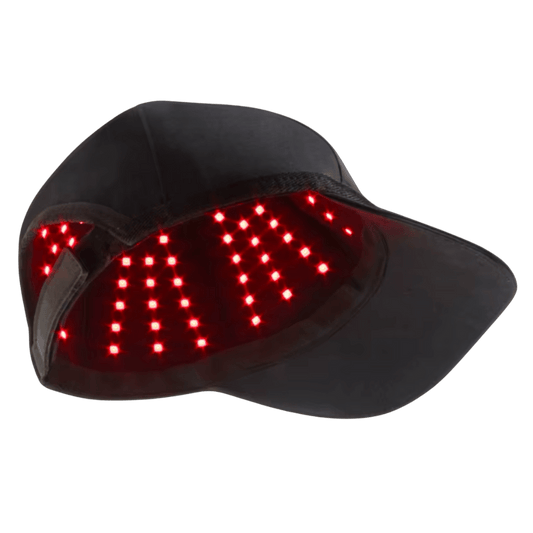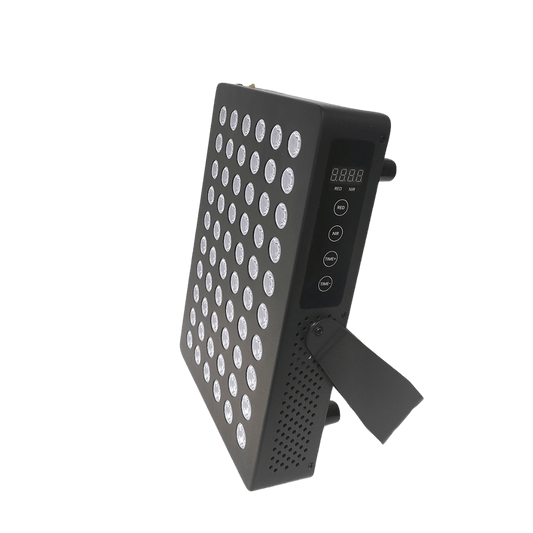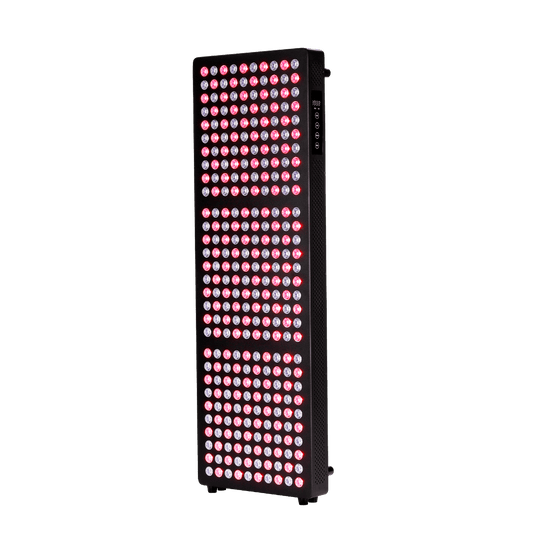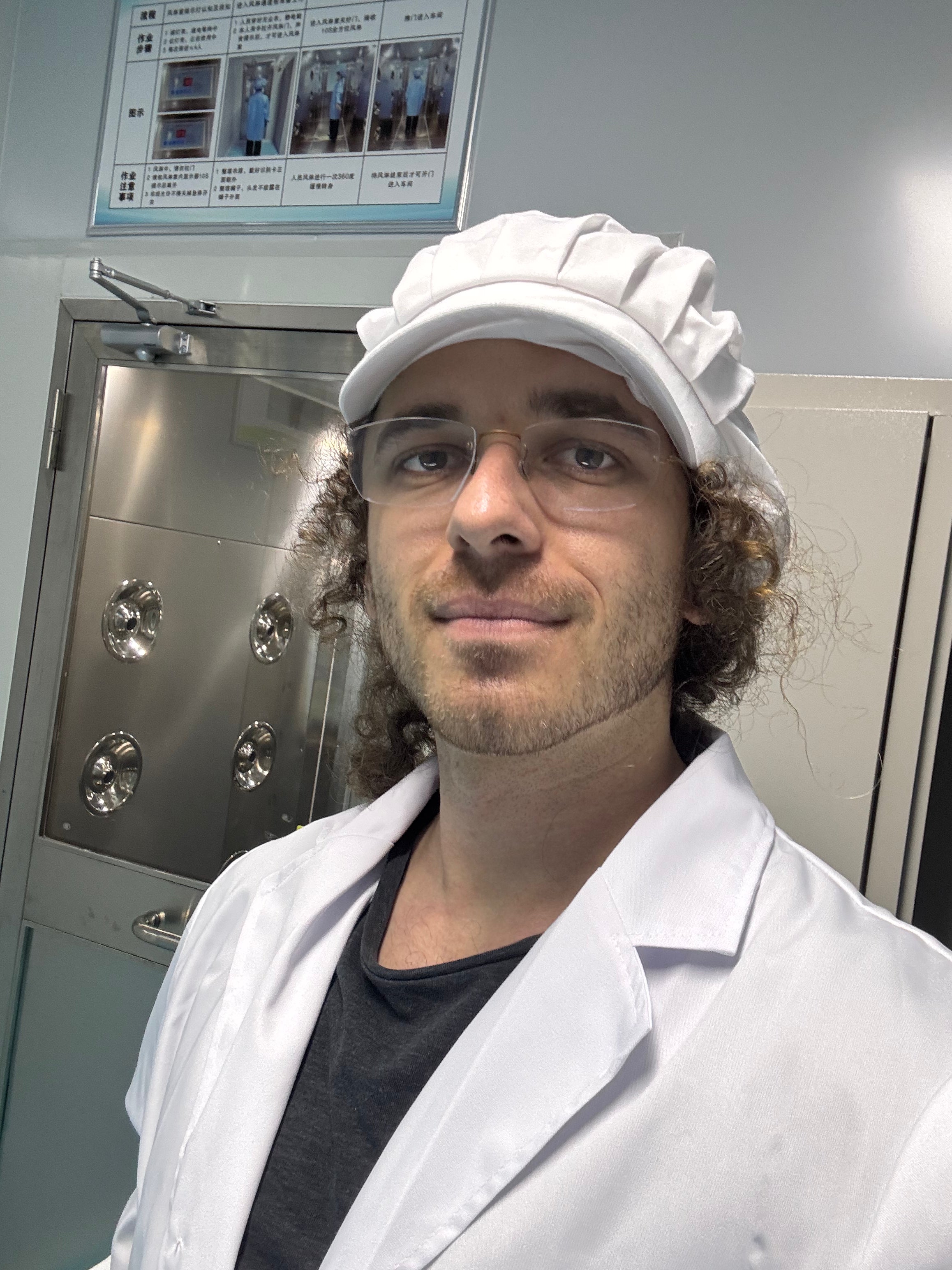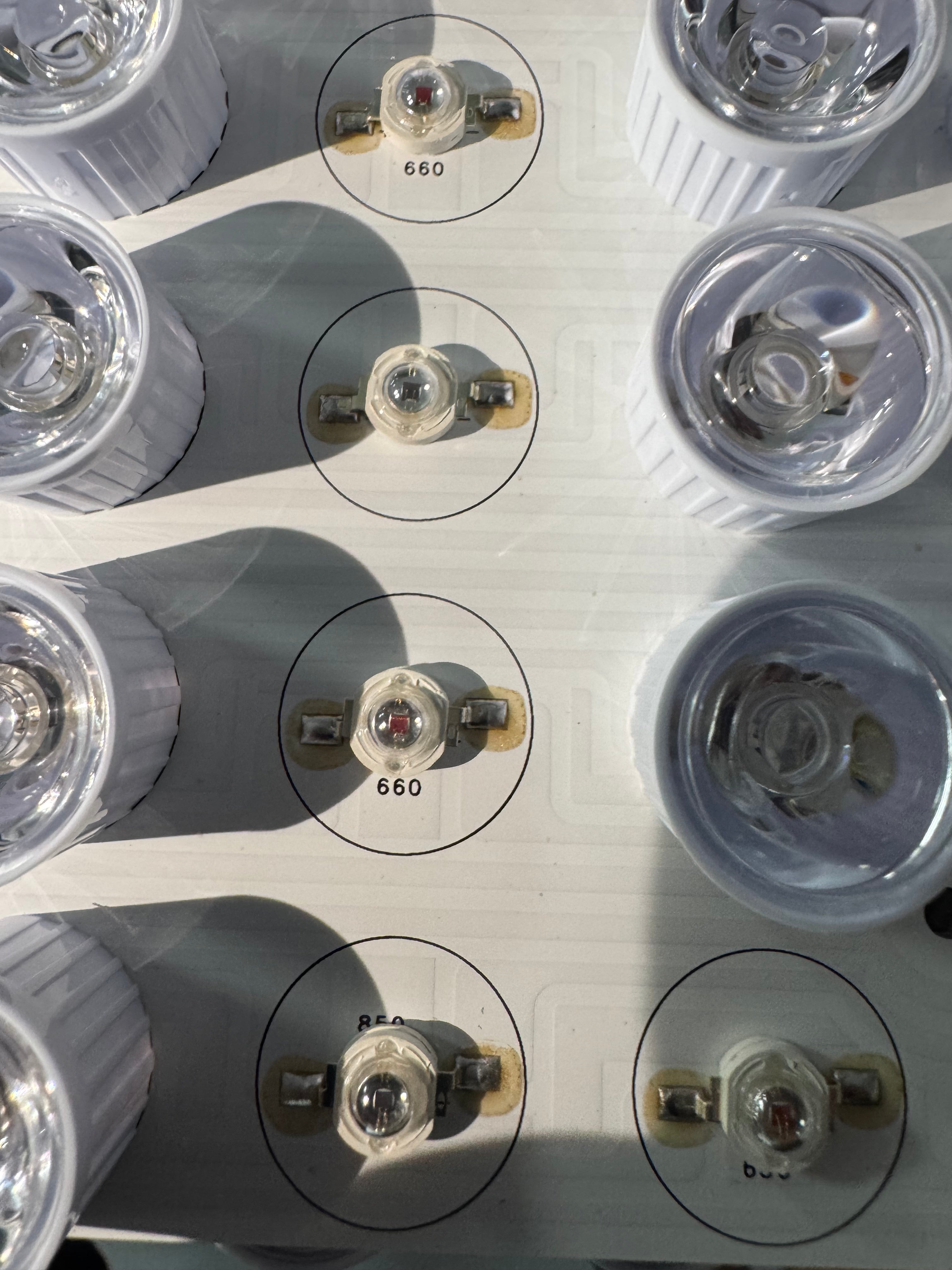Neural Function, Depression and Brain Diseases
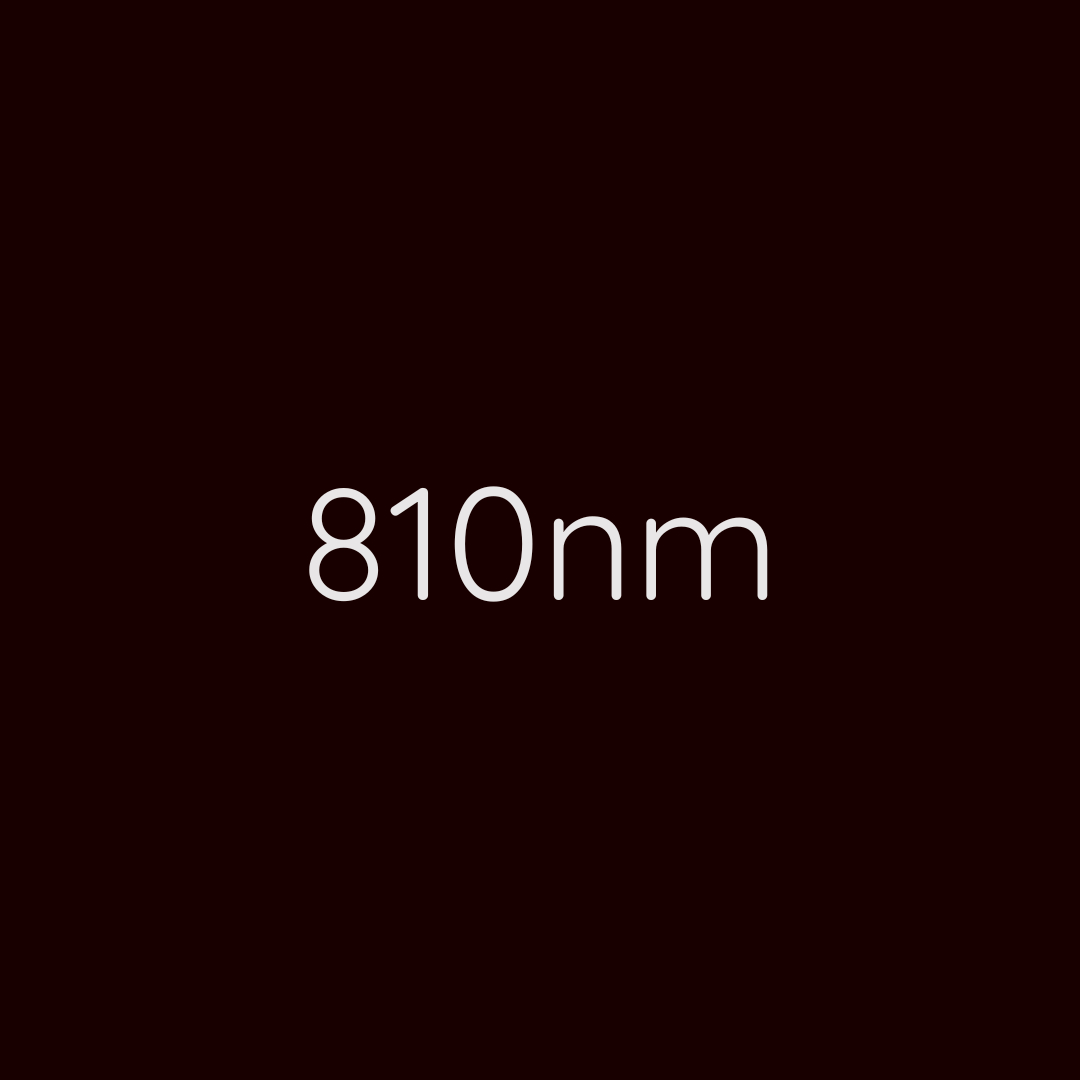
810nm Research
- Changes in Brain Function After Self-Administered Photobiomodulation for TBI
Veterans with traumatic brain injury self-treated with 810 nm LED devices for 8 weeks, leading to increased brain volume, better connectivity, improved blood flow, and enhanced cognitive performance.
- Whole-Head 810 nm NIR Therapy for Cognitive Impairment in Alzheimer's
A clinical trial found that 810 nm NIR light applied to the whole head improved memory and thinking skills in Alzheimer's patients, suggesting benefits for brain diseases like dementia.
- 810 nm PBMT Mitigates Amyloid-Beta Toxicity in Cholinergic Neurons
In cell models of Alzheimer's, 810 nm light reduced harmful protein buildup, protected brain cells involved in memory, and supported neuron survival, highlighting potential for neurodegenerative diseases.
- Transcranial Red/NIR LED Therapy for Traumatic Brain Injury
Review of studies using 810 nm LEDs showed improved cognition in chronic TBI patients, with safe, non-invasive treatment enhancing neural recovery and function.
- Significant Cognition Improvement in Dementia with 810 nm PBM
In a case series of mild to moderate dementia patients, 810 nm pulsed LED therapy led to notable gains in thinking, memory, and daily function, with no side effects.
- Three Doses of 810 nm Laser for Anxiety and Depression in Mice
Different doses of 810 nm NIR light reduced anxiety and depressive behaviors in stressed mice by boosting serotonin and lowering brain stress markers. While this study used lasers, other studies show "LED light can be as effective as LASER, since both have similar biological effects, with no significant difference between them".
- Transcranial PBM for Opioid Use Disorder and Depression
In patients with opioid addiction, 810 nm PBM reduced cravings and depressive symptoms, offering a non-invasive way to support mental health in brain-related disorders.
All HeroSeries panels use 810nm NIR light
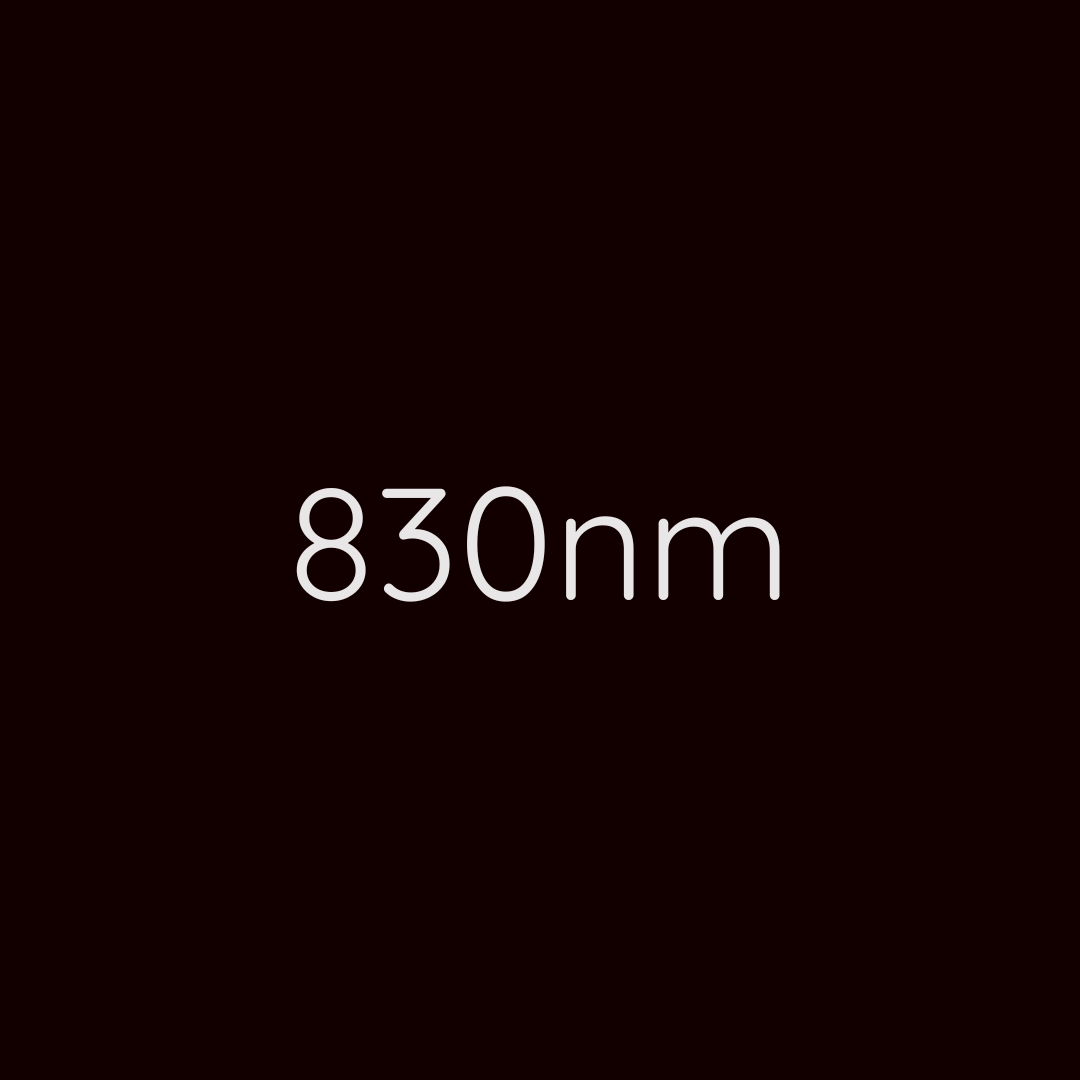
830nm Research
- 830 nm LED Tolerability for Mood and Anxiety Disorders
Across three studies involving 80 people with depression or anxiety, low-dose 830 nm LED light applied to the head was safe and well-tolerated over up to 12 weeks, with only mild, temporary side effects like headaches and no increase in issues with more sessions.
- 830 nm LED for Autism Spectrum Disorder
Adults with autism used an 830 nm LED array on their forehead twice weekly for 8 weeks, leading to big improvements in symptom severity scales, helping with social and cognitive challenges without major side effects.
- 830 nm LED Protects Brain Cells from Stress
In cell studies, 830 nm LED treatment raised cell survival, cut harmful oxygen particles, and prevented cell death under stress, pointing to potential help for neurodegenerative conditions like Alzheimer's and Parkinson's.
- 830 nm LED Improves Cognitive Function in Traumatic Brain Injury
People with chronic mild traumatic brain injury treated with transcranial red/near-infrared 830 nm LED showed better thinking skills, memory, and executive function after sessions.
- 823 nm LED Transcranial Photobiomodulation for Major Depressive Disorder
In a small pilot trial, people with major depression used an LED device emitting near-infrared light at 823 nm (practical overlap with 830 nm) on their foreheads twice a week for 8 weeks, showing notable improvements in mood with medium to large effects and no serious side effects.
- 830 nm LED Reduces Inflammation & Symptoms in Autism and Long-Term Depression
In an autism mouse model, 830 nm LED reduced brain inflammation and improved cognition. In a separate long-term case, a patient with anxious depression used 830 nm light over 31 months with major symptom relief and cardiovascular mood benefits—both without side effects.
HeroSeries panels and face masks use 830nm NIR light
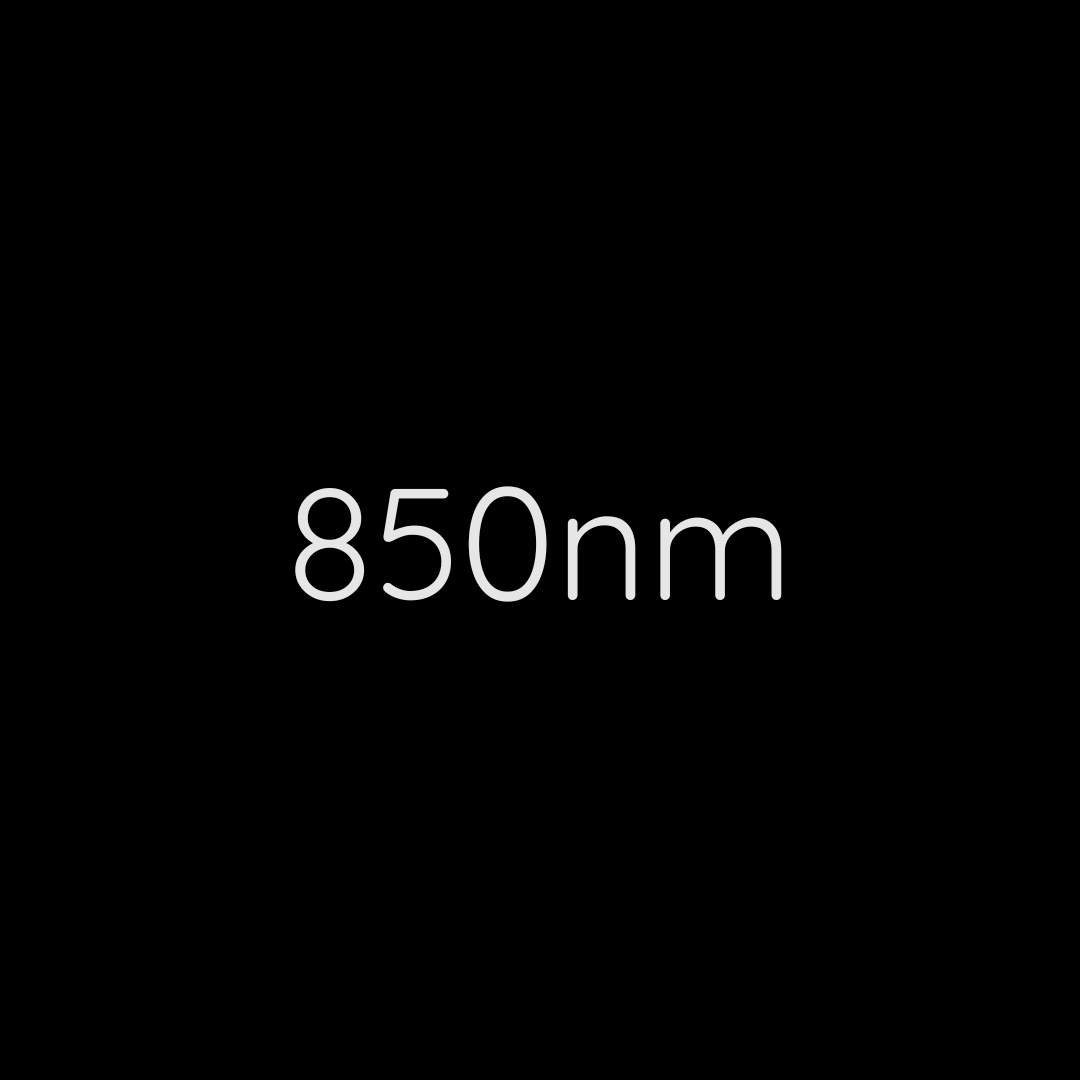
850nm Research
- 850 nm LED Improves Cognition and Blood Flow in Chronic Traumatic Brain Injury
In a case study, a patient with chronic TBI received 146 sessions of 850 nm LED treatments on the forehead for 30 minutes each, leading to improved neuropsychological outcomes like better executive function, memory, and reduced PTSD symptoms, along with increased cerebral blood flow in hypoperfused areas.
- 850 nm LED (Combined with 670 nm) Shows Potential for Parkinson's Disease Treatment
This review of studies highlights that LED therapy at 670 nm and 850 nm directed transcranially or remotely improved motor symptoms like gait and balance, non-motor symptoms such as cognition and smell, and provided neuroprotection by reducing neuronal death and inflammation in Parkinson's animal models and human trials.
- 850 nm LED (and Similar NIR) Enhances Mood in Depression
A review of clinical trials showed transcranial photobiomodulation using NIR LED devices (including around 850 nm) significantly reduced depression scores, with high response and remission rates, by boosting mitochondrial function, cerebral blood flow, and neurogenesis in patients with major depressive disorder.
- 850 nm LED Therapy for Traumatic Brain Injury Recovery
This ongoing trial uses a wearable LED device emitting 850 nm light in 20-minute daily sessions over 8 weeks to potentially improve cognitive function, reduce depression and anxiety, and enhance neural recovery in patients with chronic TBI through increased brain metabolism and blood flow.
- 850 nm LED Helmet Reduces Motor Symptoms in Parkinson's Disease
In a randomized trial, patients with Parkinson's used a novel transcranial LED helmet (likely including 850 nm) as adjunctive therapy, showing improved motor function, balance, and quality of life, with good safety and feasibility for home use.
- 850 nm LED Enhances Speech Recovery in Aphasia After Brain Injury
Combining 850 nm LED therapy with speech-language sessions markedly sped up improvements in speaking rate and sentence complexity for a patient with aphasia from traumatic brain injury.
- 850 nm LED Improves Fine Motor Skills in Parkinson's Para-Athletes
Using an LED helmet with 850 nm light three times a week enhanced manual dexterity and coordination, helping para-athletes with Parkinson's perform better in tasks like throwing.
- 850 nm LED Reduces Brain Fog from COVID-19
Whole-body LED treatment including 850 nm over 4 weeks significantly boosted cognitive scores and brain wave patterns in people suffering from long-COVID brain fog.
- 850 nm LED Helmets for Parkinson's Disease
Early use of red and infrared LED helmets including 850 nm showed promising signs in easing symptoms like movement problems in Parkinson's patients.
HeroSeries panels, HeroBelt and HeroHat use 850nm NIR light
Did you know only near-infrared (NIR) wavelengths can reach deep enough to affect the brain? That’s why this page focuses solely on NIR studies - red light doesn’t penetrate far enough to be effective for brain-related applications.
Devices informed by neural function, depression and brain diseases research³
-
HeroHat LED™ Red Light Therapy Hat
Regular price From $339.00 AUDRegular price$349.00 AUDSale price From $339.00 AUDSale -
HeroPanels Elite™ 10 Wavelength Red Light Therapy Panel (pre-order)
Regular price From $799.00 AUDRegular price$899.00 AUDSale price From $799.00 AUDSale -
Hero60™ Tabletop Red Light Therapy Panel
Regular price $549.00 AUDRegular price$599.00 AUDSale price $549.00 AUDSale -
Hero300™ Red Light Therapy Panel
Regular price From $1,249.00 AUDRegular price$1,399.00 AUDSale price From $1,249.00 AUDSale
Other red light therapy research
- Sleep quality
- Pain and inflammation
- Muscle mass and recovery
- Collagen production, skin and wrinkles
- Hair growth
- ATP production and mitochondria function
- Injuries and wounds
- Eyesight
See the studies for yourself by clicking the links above or visit our RLT Wavelength Research page for an overview.


